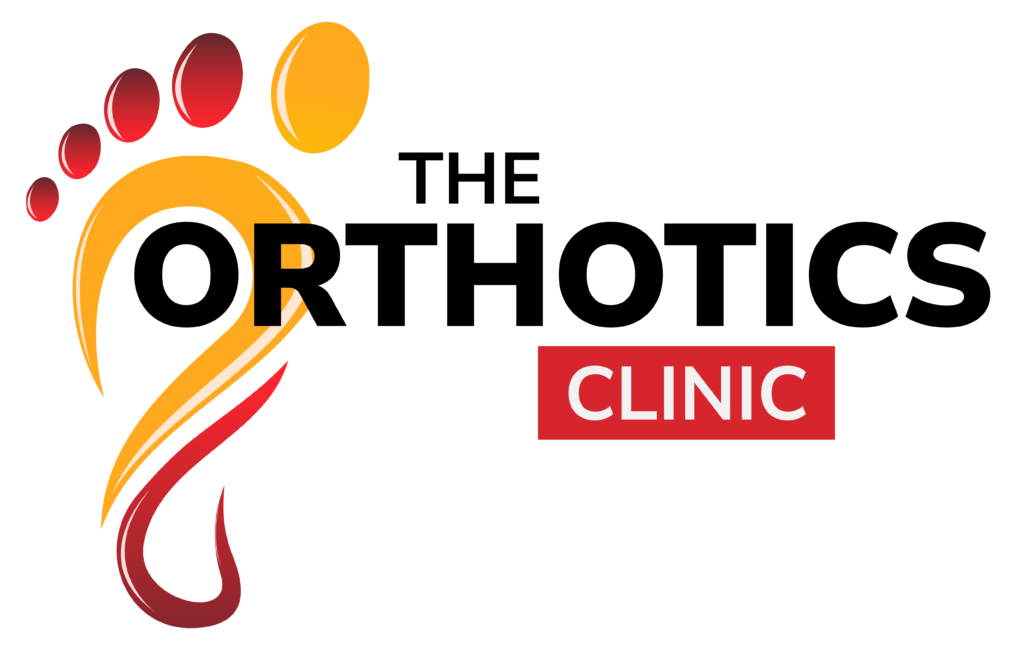What is HyperMobility
Hypermobility in children refers to a condition where some or all of their joints can move beyond the normal range of motion, often described as being "double-jointed." This increased flexibility is common and can affect 10-15% of children, with a higher prevalence in girls. While many children with hypermobility experience no symptoms, some may face challenges such as joint pain, muscle fatigue, and increased risk of injuries like sprains or dislocations.
Symptoms
While many children with hypermobility experience no symptoms, some may face challenges that can affect their daily lives. Common symptoms include:
Joint and Muscle Pain
Children may experience pain in their joints and muscles, particularly after physical activity or at night. This discomfort often improves with rest.
Clumsiness and Frequent Falls
Increased flexibility can lead to difficulties with coordination, resulting in clumsiness and a higher likelihood of falls compared to peers.
Fatigue
Children with hypermobility often tire more easily because their muscles work harder to stabilise loose joints.
Postural Issues
Poor posture or unusual sitting positions (like "W" sitting) may be observed as a result of joint laxity.
Difficulty with Fine Motor Skills
Tasks such as handwriting, using utensils, or dressing may be challenging due to weak muscles or poor coordination.
Flat Feet
Many hypermobile children have flat feet, which can contribute to joint strain and discomfort.
Clicky Joints
Some children may notice their joints make clicking or popping sounds during movement.
While hypermobility is common and often benign, it can lead to complications if not managed properly. Encouraging regular physical activity, focusing on muscle strengthening exercises, and seeking guidance from healthcare professionals can help mitigate symptoms and improve overall function.


Orthotic Treatment
Orthotic treatment for children with hypermobility focuses on providing support, stability, and pain relief while promoting functional movement.
Bespoke Foot Orthotics: Custom-made foot orthotics are commonly recommended to address the specific needs of children with hypermobility. These orthotics help improve foot alignment, reduce pain, and enhance overall stability during movement
